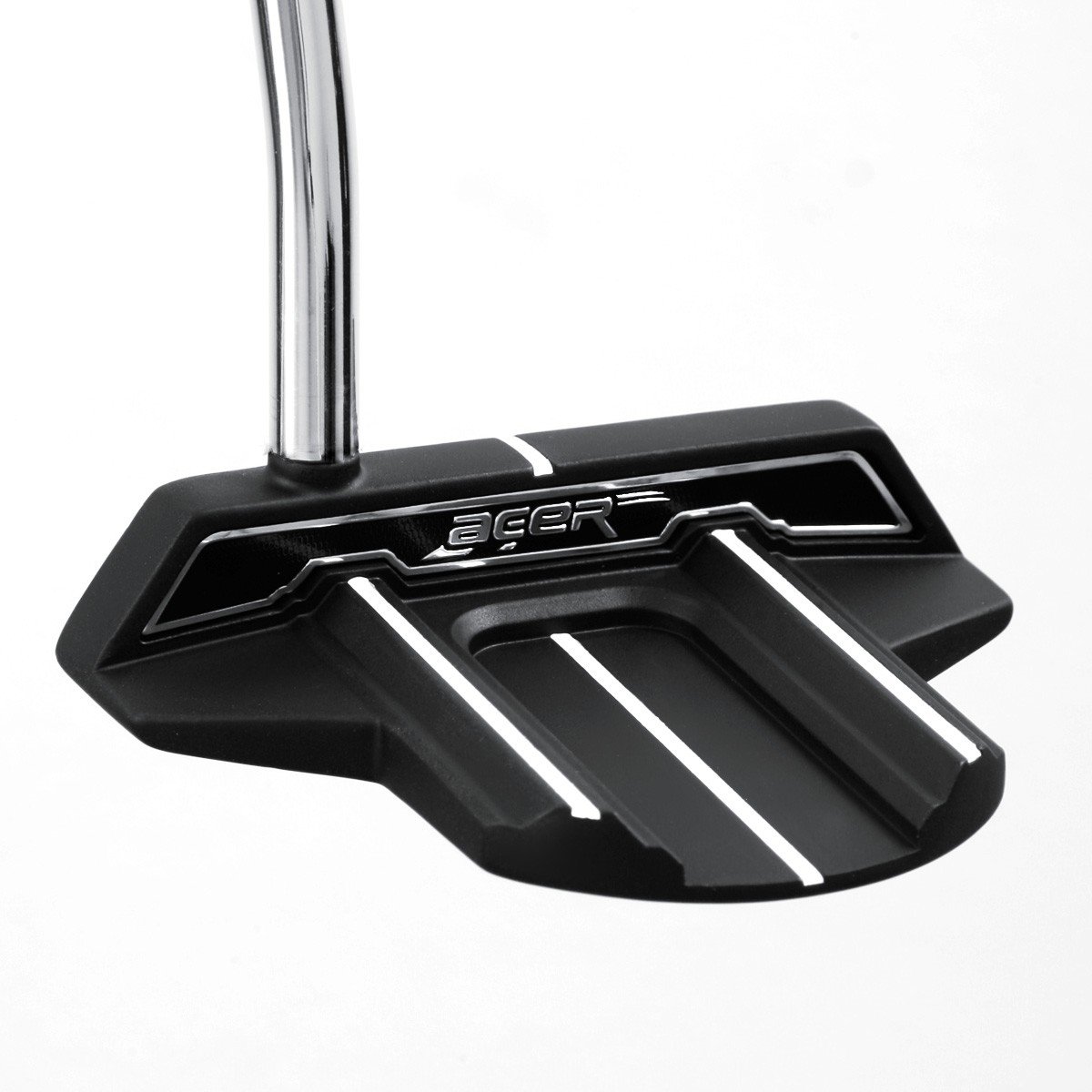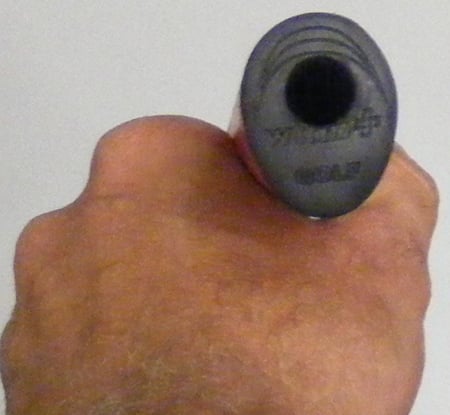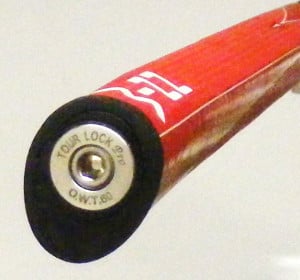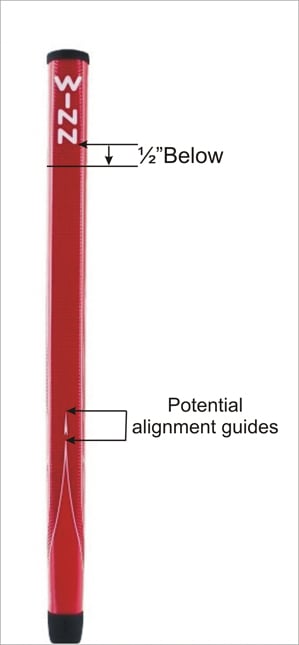How to Make an Extended Length, Non-Anchored Counterbalanced Putter
One of the hottest trends in golf is the counterweighted golf putter and there are good reasons why.
 With anchored belly putters being phased out by the USGA beginning in 2016, golfers are looking for ways to improve their putting that traditional putters can’t provide. More importantly, there will be a large number of golfers who are content with their current conventional putter which will be shocked at how well the new breed of extended length counterbalanced (or counterweighted) putters can exude new life into their short game. We are going to explain how to select the right components and why these putters work.
With anchored belly putters being phased out by the USGA beginning in 2016, golfers are looking for ways to improve their putting that traditional putters can’t provide. More importantly, there will be a large number of golfers who are content with their current conventional putter which will be shocked at how well the new breed of extended length counterbalanced (or counterweighted) putters can exude new life into their short game. We are going to explain how to select the right components and why these putters work.
Selecting the Right Components
Club head weight for a counterbalanced putter
If you think you going to counterweight any putter and make it playable, then pay close attention to these do’s and don’ts. When you counterweight, you are adding weight to the butt end of the club (or putter in this particular example). This shifts the balance point closer to your hands and will have an effect on how “head heavy” the club will be so you have to make sure there is adequate head weight to start. The newer breed of counterbalanced putters comes in the 380-400 gram range. If you scour the specifications of putter heads you will immediately find your choices to be few and far between.
Grip selection for a counterbalanced putter
There are two new grips just for this type of putter. These are longer than a traditional putter grip, yet shorter than grips designed for belly putters. The Winn Excel 15” Pistol grip is longer so the golfer can grip down roughly 2 or 3” down the grip so our counterweight will be above the hands for the greatest effect. If you try to use a belly putter grip, it will be loose when installed on the shaft without some additional build-up tape and time.
Shaft selection for a counterbalanced putter
In our example we needed a curved putter shafts to create both the proper lie angle and offset for a putter with a 90º socket or post. Check to see what type of shaft you need to make sure it is long enough and has adequate an adequate parallel butt section. In some cases with the limited number of longer shafts, you may need to extend the putter shaft.
What is a good putter length for a counterbalanced putter?
The majority of the commercially available extended length counterbalanced putters are 38” in length. This is approximately 3” longer than the most common standard length putter (35”). A good rule of thumb if you want a custom putter for yourself or for a customer, add 3” to the length of their traditional length putter. For example, if they normally putt with a 34” model, then make this type of putter 37” instead.
Putter counterweights
There are different counterweights that we sell for this and other applications and even counterweighted putter grips which leads us to something important – accounting for the grip. The Winn 15” Excel putter grips weighs @ 128 grams. This is considerably more than a normal putter grip, which may come in between 60-85 grams. So the grip itself acts partially as a counterweight.
On the other hand, a Garsen G-Pro Max 15" putter grip is 85g and may require more weight to counterbalance the head or work more with putter heads that are on the lighter side.
 Finding the right counterweight for your putter
Finding the right counterweight for your putter
The million dollar question is “What weight is best?” Unfortunately there is no answer to that as each golfer has a different preference for feel as well as adjusting to the speed of the greens. Yes, the amount of weight in the butt can influence how far you can hit the ball. In some cases the additional weight is zero and the counterbalance exists with only the heavier weight of the grip and in other cases it can be 50g or more on top of the grip weight. This is why I prefer to use the Tour Lock Pro Plus counterweights.
With a handful of weights and 15 minutes on the green, you can find out very easily which weight is best for you or your customer. Pictured is 60g which happens to be my putter.
The first thing you need to do after the grip solvent has fully evaporated is to cut a hole in the butt end of the grip with the Tour Lock grip modifier. Once you have cleaned the hole from the grip tape inside, you can slide the Tour Lock Pro counterweights in and out and hold them securely with the fastening tool.
Tips for building a counterbalanced putter
When you choke down on the grip, it will be difficult to grasp the grip 3” down on a consistent manner. These grips don’t have lines around indicating how far to choke down at this time. So  make mental notes when you have putted for a little while. For instance, you can place the heel of your upper palm ½” down from where it says Winn or your bottom thumb positioned at the little chevron or intersecting lines. This way you will get more a consistent feel from putt-to-putt.
make mental notes when you have putted for a little while. For instance, you can place the heel of your upper palm ½” down from where it says Winn or your bottom thumb positioned at the little chevron or intersecting lines. This way you will get more a consistent feel from putt-to-putt.
These types of putters are a great way to enjoy the benefits that a belly putter has without anchoring. Plus the overall added weight makes it impossible to have a “wristy”, unrepeatable stroke, but rather forces you to use the bigger muscles in your upper body to propel the putter. Having used one of these styles of putters personally, I can’t imagine ever going back as it is so stable and effortless to move the club in the direction of the target line.
As you have seen, these are easy to build using the right components and it takes just a few moments to dial in the right amount of weight.
